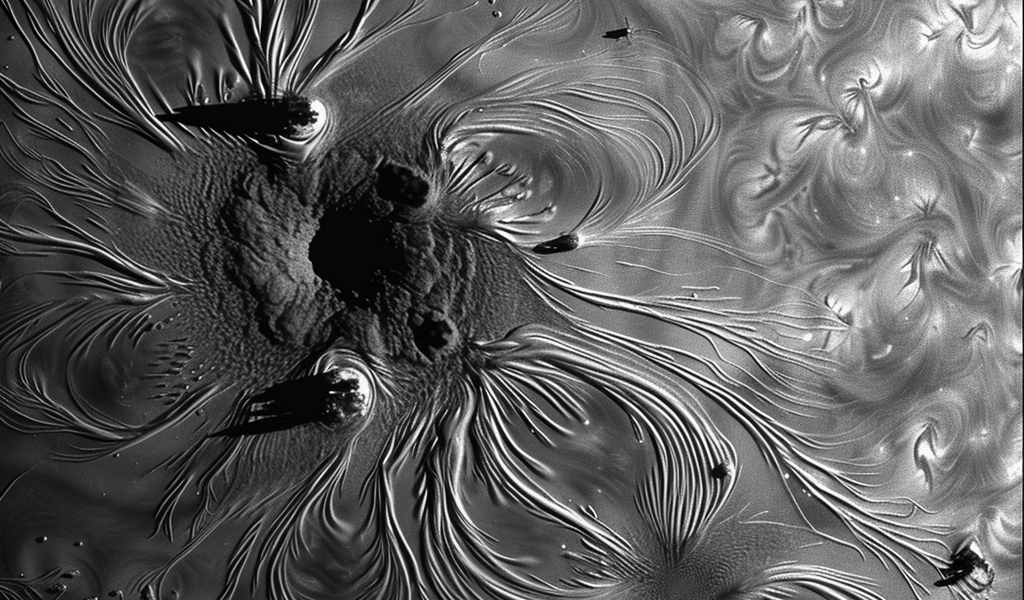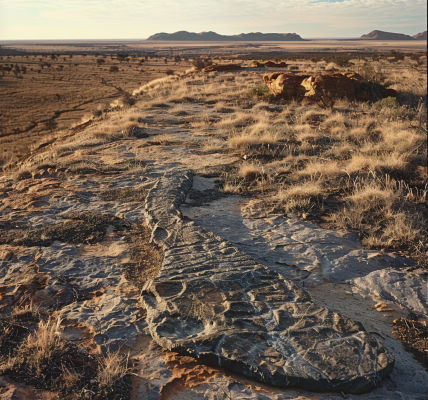Solar Orbiter, a spacecraft dedicated to studying the Sun, recently made an intriguing observation of an active patch on the Sun during its close approach. This observation has significant implications for solar physicists in understanding the source regions of the solar wind.
The images captured by Solar Orbiter’s instruments provide valuable insights into the Sun’s activity. The full Sun imager mode of the Extreme Ultraviolet Imager (EUI) instrument captured the main image, while the high-resolution mode of the EUI instrument and the Spectral Imaging of the Coronal Environment (SPICE) instrument provided additional views.
Active regions on the Sun, characterized by dark sunspots, are known to be associated with solar flares and eruptions. These regions exhibit intense magnetic fields that play a crucial role in the generation of the ‘slow’ solar wind.
In a groundbreaking research effort led by Stephanie Yardley from Northumbria University, the team utilized Solar Orbiter’s EUI, SPICE, and Polarimetric and Helioseismic Imager (PHI) instruments to image an active region on the Sun. Subsequent measurements of the slow solar wind were taken by the spacecraft’s in situ instruments several days later, establishing a direct connection between high-resolution surface images of the Sun and solar wind measurements.
This pioneering research has enabled scientists to pinpoint the origins of the slow solar wind more accurately, offering a novel approach for studying the source regions of the solar wind. By bridging the gap between close-range solar surface imaging and solar wind measurements, this study opens up new avenues for advancing our understanding of solar phenomena.





